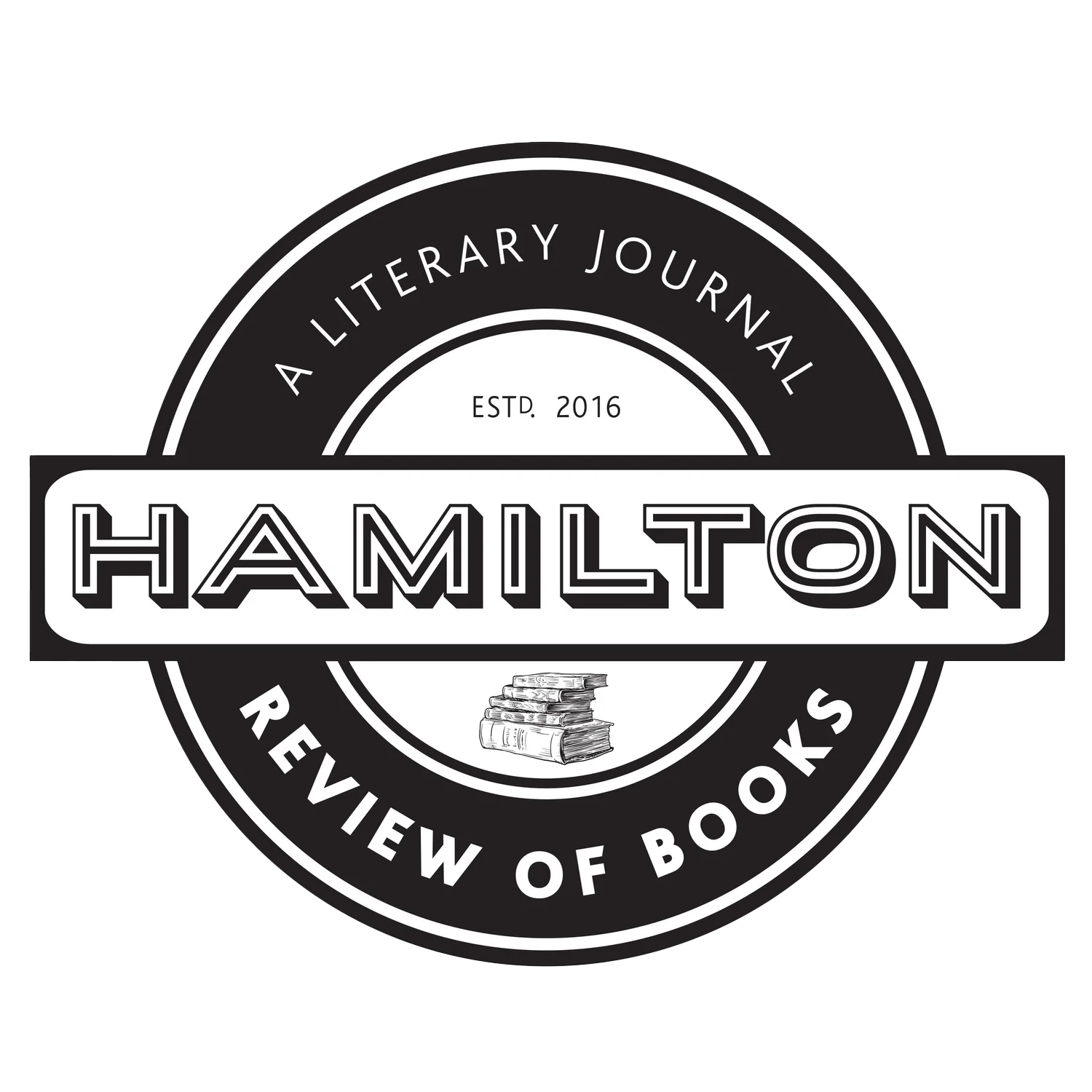Cathy Smith Reviews Dawn Cheryl Hill's Memory Keeper
Memory Keeper Passes Along Memories to the Next Generation
Hill, Dawn Cheryl. Memory Keeper. Ojistoh Publishing. $25.00, 163 pp ISBN: 9780968719647
The news of unmarked graves at former residential schools distresses many people. Memory Keeper discusses the effects these schools have had on First Nations peoples.
Its publisher is Ojistoh Publishing, an Indigenous publishing house. It offers “authentic, Indigenous stories and creative writing which speaks to historical and contemporary Indigenous realities.” They gave me a copy of Memory Keeper.
Memory Keeper is a personal essay collection of 21 personal essays and one foreword. It acts as a personal memoir/therapy journal. It documents the intergenerational trauma caused by residential schools and racism. The essays are raw and hard-hitting at spots and comedic in others. Fortunately, the book is brief, but it packs a powerful punch. It’s doubtful the reader could endure reading more writings.
I’m Indigenous myself and Dawn Cheryl Hill and I come from the same First Nation. Our people’s responses to the Indian Residential School history are two-fold. We either refuse to refer to it or want to preserve the memory of it to make sure it doesn’t happen again.
The efforts to preserve our history take on many forms. For instance, there is a fundraising effort to preserve the Mohawk Institute building as a museum. First Nations artists also make therapeutic art as a catharsis to work out their feelings. Hill has taken the latter approach. One of her stories documents her response to a survivor’s gathering on “Orange Shirt Day”:
I was driving down Townline Road towards the Woodland Cultural Center’s (WCC) event Moving Forward Together Survivors Gathering on September 30, 2017. I wished I wasn't going alone. I had donned my orange shirt I purchased earlier in the week. I asked my older sister … to come with me, but she declined. I offered to buy her an orange shirt but again, she said no- she didn't want to spend the day crying. As I continued my drive towards the WCC, my mind was full of thoughts of forced assimilation, linguistic and cultural genocide, childhood physical and sexual abuse, and historical trauma. I wasn't sure of what to expect, and the unknown can sometimes cause me anxiety. My heart was gapping faster than that 175 hp engine out of my Buick’s hood. I felt my breathing increase, found it hard to swallow, followed by some excess sweating and a twinge of chest pain. The only thing missing was my eye twitch. I was afraid that a panic attack was imminent. I parked my car behind the WCC, at the bush line. I sat in the car and did a mindfulness exercise called “Comfortable Place Script” to reduce my anxiety and get myself grounded. Once I set up, I got out and began walking towards a large white tent set up next to the museum…
This story shows her determination to face her fears and overcome her trauma. Even if it has a strong effect on her psychological health. I suspect the reason this book is a slim volume is that each story was painful to write. It’s little wonder some First Nations people, like her older sister, don’t wish to dwell on their people’s history.
Not all stories in Memory Keeper are traumatizing. The essay “Wild Dogs”has an amusing anecdote about the dogs on the reserve. It’s an example of an “it can only happen on the rez” story and Indian humour:
We always had a dog or two around our house when I was growing up. We did live on “Dog Street,” after all, so it was sort of expected that anyone everyone should have at least one dog. There were no leash laws on the reserve back then, and they still don't have any, dogs roam around freely and alone sometimes in small packs. My brothers always had a beagle or hound dog of questionable lineage that they haunted with, I've heard stories from people who live off reserve that there are huge packs of wild dogs that run amok on the reserve and eat small babies and children, but there has been no evidence to support this urban myth, sounds like the wild dingo stories that come out of Australia to me. No one I knew ever got eaten by wild dogs or wolves or coyotes or any other free roaming animal on my reserve…
Hill’s family was close-knit, but their elders were traumatized by their residential school experiences. Some of their coping mechanisms were better than others. However, Hill still learned some bad coping skills she had to outgrow. Her essays are to preserve her family’s history for new generations.
The author is a Registered Social Worker and Community Health Worker. She can guide people to process the trauma residential schools placed on families. Her book can help as self-therapy to Indigenous survivors and their descendants.
The essays were pre-published, and this collection offers an additional workbook the original publications didn’t. It’s meant to help readers process the feelings the book evokes in them. I’m not a social worker myself, but I suspect it could act as a good therapeutic tool, especially for anyone affected by the unmarked graves at former residential schools.
This book should be a mandatory reference book for decision makers, as well as anyone who needs/wants to learn about the Indian Residential Schools.
Dawn Cheryl Hill’s book shows that the Indian Residential Schools were traumatic. Yet, it also shows that First Nations peoples are still resilient.
Cathy Smith is an Indigenous writer who lives on an Indian Reservation in Canada. She has 27 publication credits. She has also won an honorable mention from the L. Ron Hubbard’s Writers of the Future contest and is a co-winner of the 2016 Imagining Indigenous Futurism Contest. You can follow her latest projects at
Wordpress: bit.ly/2e41qWT
Facebook: bit.ly/2dP3rXd
Twitter: @khiatons
Instagram:@cathy2891
Tumblr: bit.ly/2G3dEjo


